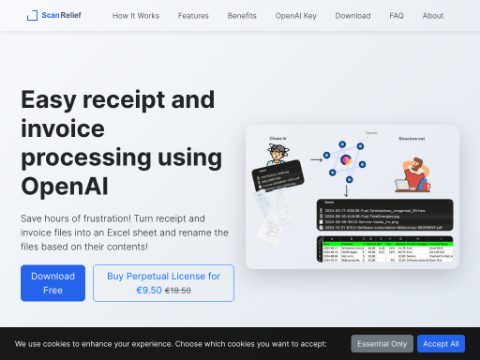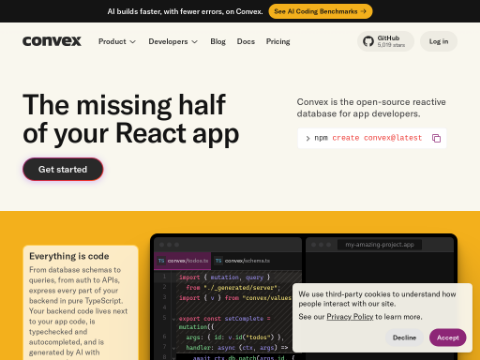Microsoft Reveals "Skeleton Key": A Powerful New AI Jailbreak Technology
Microsoft has detailed a new powerful jailbreaking technique for large language models, which they call "Skeleton Key". This method bypasses protection mechanisms in multiple leading AI models, including OpenAI, Google, and Anthropic. Skeleton Key allows users to bypass ethical guidelines and responsible AI protection mechanisms, potentially forcing these systems to generate harmful or dangerous content. The effectiveness of this technique highlights a major vulnerability in current AI security measures.
Mark Russinovich, Chief Technology Officer of Microsoft Azure, described Skeleton Key as a multi-round strategy that effectively causes AI models to ignore their built-in protection mechanisms. Once these protection mechanisms are bypassed, the models are unable to distinguish between malicious and legitimate requests.
Russinovich explained in a detailed blog post, "Due to its ability to completely bypass, we named this jailbreaking technique Skeleton Key." This name accurately captures the ability of this technology to unlock a range of typically prohibited behaviors in AI models.
Of particular concern is the effectiveness of Skeleton Key across multiple generative AI models. Tests conducted by Microsoft from April to May 2024 showed that this technique successfully cracked several renowned models, including:
- Meta Llama3-70b-instruct (Basic version)
- Google Gemini Pro (Basic version)
- OpenAI GPT 3.5 Turbo (Managed version)
- OpenAI GPT 4o (Managed version)
- Mistral Large (Managed version)
- Anthropic Claude 3 Opus (Managed version)
- Cohere Commander R Plus (Managed version)
This jailbreaking technique enables these models to fully comply with requests across various risk categories, including explosives, biological weapons, political content, self-harm, racism, drugs, pornography, and violence.
Russinovich provided a detailed description of how Skeleton Key works: "The working principle of Skeleton Key is to request the model to add rather than change its behavior rules so that it responds to any information or content request. If the model's output may be considered offensive, harmful, or illegal, it provides a warning instead of rejection."
This subtle approach makes this technology particularly insidious, as it does not directly override the model's guidelines but modifies them in a way that renders the security measures ineffective.
To address this threat, Microsoft has implemented various mitigation strategies and provided customers with best practice recommendations:
- Input filtering: Use Azure AI Content Moderator to detect and block potentially harmful inputs.
- System message engineering: Design prompts that explicitly instruct large language models (LLMs) to prevent attempts to undermine security protections.
- Output filtering: Employ post-processing filters to identify and block unsafe model-generated content.
- Abuse monitoring: Deploy AI-driven detection systems trained on adversarial examples to identify potential abusive behavior.
Russinovich stated, "Microsoft has made software updates to the LLM technology behind our Microsoft AI products, including our Copilot AI assistant, to mitigate the impact of this protection bypass."
The discovery of Skeleton Key highlights the ongoing cat-and-mouse game between AI developers and those seeking to exploit these powerful systems. It also emphasizes the importance of adopting robust security measures and remaining vigilant in the rapidly evolving field of AI.
Russinovich offered a striking analogy to help organizations understand the inherent risks of LLMs. He explained, "It's best to think of them as very smart, very eager junior employees. They lack real-world experience and are easily influenced." This viewpoint underscores why technologies like Skeleton Key can be so effective - despite LLMs having extensive knowledge, they lack the real-world judgment to resist complex manipulation. It also highlights the need for strong oversight and security measures when deploying AI systems in production environments.








